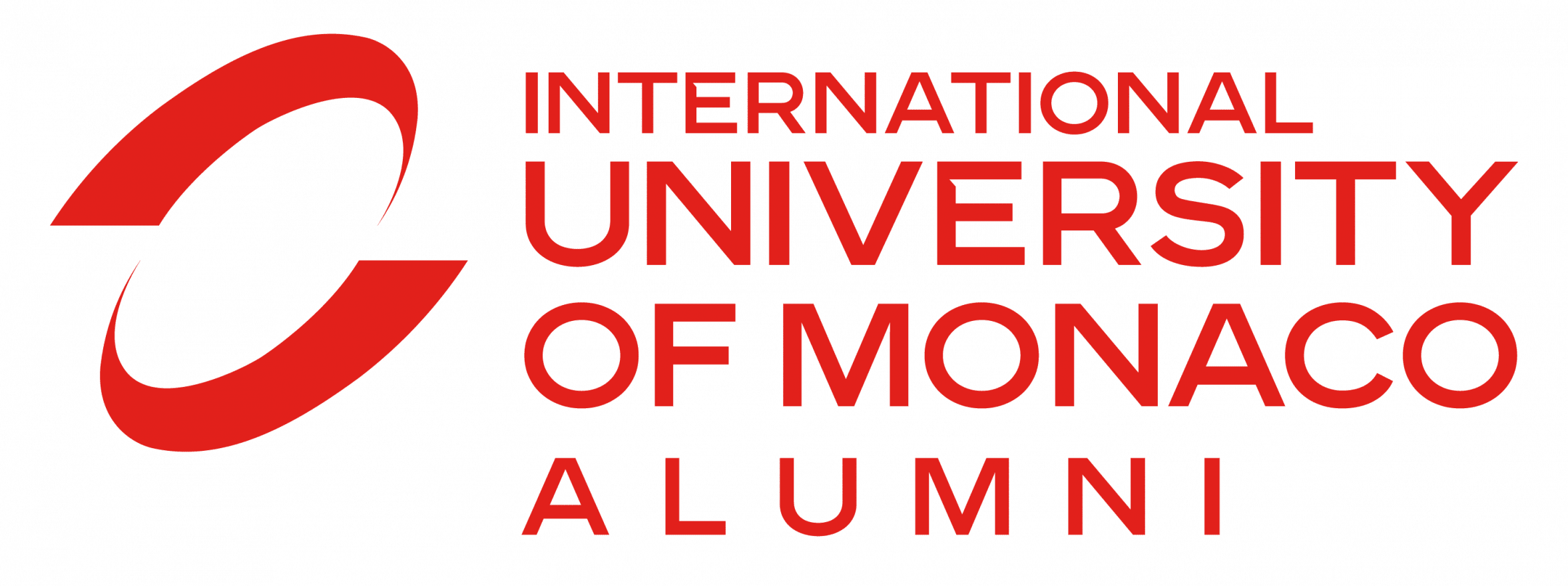Will 2014 bring us more cheer or more gloom? Will we devote more hours to work or less? Will our workplaces get transformed? Will we be spending our time doing the same kind of work that we did this year or will it be different?
As the year draws to a close, we thought it would be interesting to step back to look forward! In this piece, therefore, we present some key trends that we believe will impact our workplaces next year. These trends are borne out of larger changes taking place in our economy, business environment as well as society. As technology, culture, demographics and what we as professionals really seek from work today, undergo rapid transformation, they play a significant role in shaping tomorrow’s workplace. So whether you are an employer or an employee, here is what you can look forward to in 2014:
- Rise of social recruiting – Upsurge in flexible working
- Emergence of lifelong learning – Evolution in workplace design
- Adapting to millennials – Growth in intrapreneurship
Rise of Social Recruiting
Job interviews, referrals and networking have a new companion – the internet. The web is dynamically changing the way organizations are approaching recruitment even in India. In the coming year, expect to see more and more companies use social media to filter and hire candidates. They will be looking at your online footprint to see if anything negative comes up against your name and to check if you fit their corporate culture. According to a 2013 social recruiting survey by Jobvite, LinkedIn remains the most preferred place for searching (used by 96 per cent), contacting (94 per cent), vetting (92 per cent) and keeping a tab on candidates (93 per cent). What is even more interesting is that 42 per cent of recruiters have reconsidered a candidate based on content viewed on social profiles, leading to both positive and negative reassessments. [1] So next time you post your updates, do remember that it is not just your friends, colleagues and peers who are going to trawl through it.
Upsurge in Flexible Working
In 2014, look forward to more organizations embracing flexibility in the way they work. For one, this entails offering employees more flexible work arrangements and options such as job sharing, job splits, part-time working, flexible hours and working from home will become more commonplace as more individuals desire greater control over their schedule and time. Second, this trend also implies engaging more flexible workers. These workers could be independent specialists offering their expertise on challenging projects, or professionals with similar skills as regular employees but enlisted only on an as-needed basis.
As business cycles continue to remain unpredictable, these kinds of arrangements help firms save on costs with fewer benefits to be handed out and a lesser draw on the company’s infrastructure as employees or freelancers work from home/their own premises for significant chunks of time. For companies like Aetna, where 47 per cent of its 35000 employees work from home; this has resulted in an estimated 15-25 per cent savings on real estate costs, leading to annual savings of $80 million.[2] Companies also benefit by getting talented professionals to work dedicatedly for them, offering new ideas sans the baggage of “this is how we do it here” mindset that usually creeps in with employees who have been around for some time. What is even more interesting is to see where the spurt in individuals taking to flexible working is coming from. According to recent research by Flexing it, a new online marketplace that connects freelancers to assignments, close to 70 per cent of the independent professionals today are from mainstream functions such as strategy and business development, general management, marketing , sales, human resource and finance.(a) This is very different from the past when they were primarily from creative, design and information technology fields. In future we are also likely to see many more new kinds of freelancers entering the flexible arena. For instance, corporate freelancers, those who are becoming consultants after an extended period in the corporate world, entrepreneurial freelancers, those have started their ventures but do boutique assignments to generate cash flows for their start-ups and professional moonlighters, those who are working alongside their full time jobs. (b)
Emergence of Lifelong Learning
There has never been a more dire need to upgrade your skills as it exists today. This applies to people across the junior, middle and senior management spectrum. While the wisdom of experience will never go out of fashion, the need to constantly learn and keep yourself updated on emerging tools, processes, technologies and ways of working, has never been this high. And this is true for both functional as well as soft skills. This trend is gaining greater impetus as the concept of lifelong job with one company declines. Research shows that people are continuously searching for jobs, exploring new opportunities and are not satisfied with what they do. [2.1]Constant and frequent learning will ensure that they stay ahead of the pack and stand a better chance than others, when applying for their next career move. This trend is further being fuelled by the easy availability of knowledge online and access to customised courses and modules on the web, which will become even more affordable in future.
Evolution in Workplace Design
If yesterday’s workplaces were primarily built around the ideas of efficient space planning, practicality and longevity, and in some cases, also to reflect the company’s culture, tomorrow’s will be planned for and around people. Businesses are realising the powerful role that thoughtful design can play in enhancing employee performance. Design specialists now take into account everything from temperature, indoor air quality, access to nature and daylight, colour of office furniture and crowding in order to create contemporary offices. Furthermore, workplaces will increasingly be built to support interaction, collaborative working, creativity, innovation, flexibility and mentorship, because that is the new way organizations are operating. Sophisticated branches such as ‘Human factors’, an area of workplace psychology that focuses on ergonomics, safety, product design, human capability, reduction of human error and human-computer interaction, are gradually gaining relevance when new workplaces get built. [3]
Adapting to Millennials As the generation born between 1980 and 1995 enters the workforce in greater numbers, it is forcing companies to relook at the traditional ways in which they have operated. And this goes far beyond demanding access to internet and social media at workplace. Millennials want a better work life balance, more exposure to global opportunities and are more open to collaboration at work. [4] So in order to attract and retain young blood, organizations will need to have flatter hierarchies, better working hours and customised career paths for employees.
Millennials also place greater value on being part of a team that helps them grow professionally. As one employee of Bain and Co., the firm that was rated No.1 in Glassdoor’s Employees Choice Awards this year, puts it, “The best part working for Bain is the people. They make the fantastic culture, provide wonderful professional development and coaching opportunities and make the job fun.” Or as Twitter that grabbed the second spot, says on its website,” We offer our workers a chance to think about fascinating, intricate and important challenges every day.....your work will be immediately felt by many millions of people around the globe.” [5] It is clear that companies will need to demonstrate that beyond compensation, perks and reputed brand names, they also offer a great team of colleagues and a challenging work environment, in order to draw this generation towards them.
Growth in Intrapreneurship
Entrepreneurism is not going to be limited to start-ups alone. Expect to see more companies promoting the entrepreneurial spirit at workplace. They have already witnessed organizations from sectors as diverse as technology (Microsoft, Facebook), entertainment (DreamWorks) and consulting (EY) reap the benefits of this practice. [2] In fact Gmail, Google News and Google Adsense, were all an outcome of the company’s Innovation Time Off programme, which enables employees to work on their own ideas for up to 20 per cent of their time. Closer home, the service, Shopping Trip 360” by Infosys Technologies to help retailers and consumer goods companies acquire in-store visibility, was also the result of an intrapreneurship effort. [6]
Hence the concept of creating incubators where employees can work independently or team up with interested others to give fruition to their ideas, is likely to get more pronounced. And why not? It is a win-win opportunity as employees get to hone their entrepreneurial skills within the safety of a job. They also stay motivated and loyal. Companies on the other hand, benefit from innovations that may have never occurred otherwise and also end up creating a pool of talent that understands the true meaning of ownership and is willing to take risks, traits that are key to future leaders.
Reference: http://www.peoplematters.in/blog/2014/01/30/life-at-work/the-evolving-workplace-trends-that-will-solidify-in-2014/4437

Comments0
You don't have the right to access or add a comment. Please log in first.
Suggested Articles



